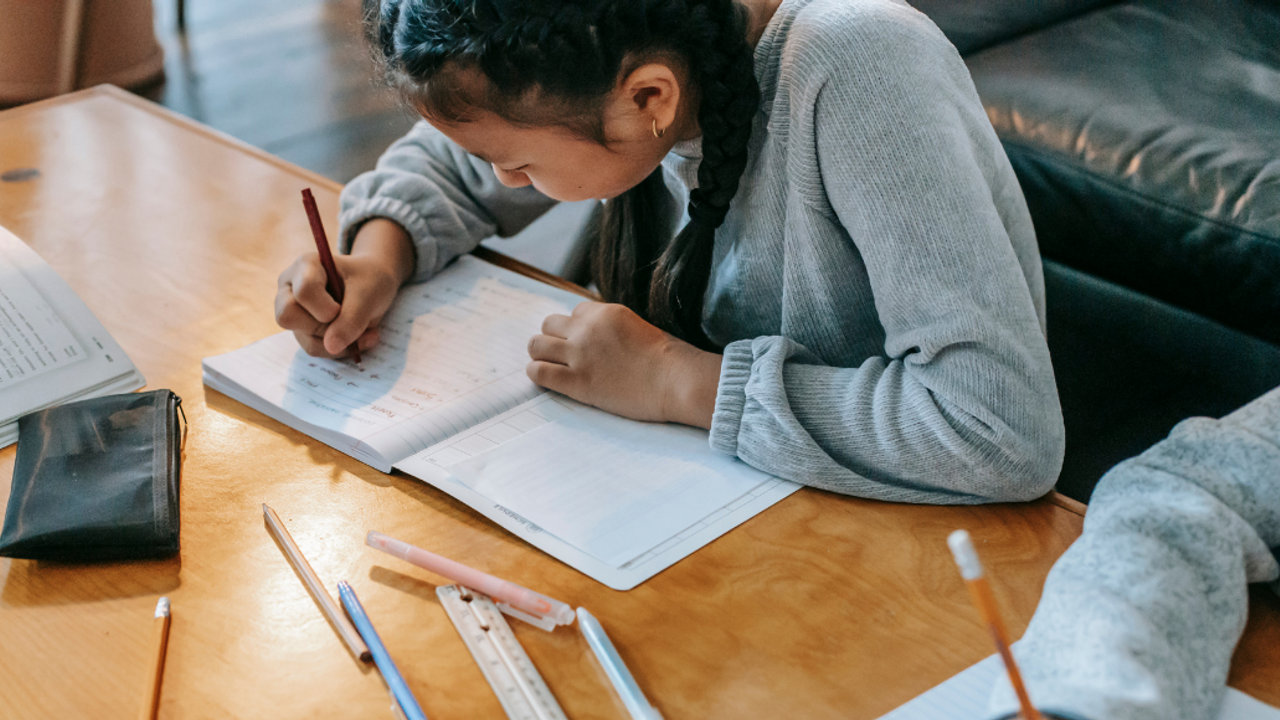The 10 Most Important Components of Writing in a Structured Literacy Lesson

Structured Literacy is not just about phonics! The Orton-Gillingham principles are rooted in language. When we are talking about writing, there is a great deal of cognitive demand and when we ask students to write, there is a large language demand.
You can learn more about what structured literacy is and is not by reading 5 Myths About the Science of Reading.
Learning to read is a language-based skill. The relationship between our reading and our writing is reciprocal. Our students need to be able to access the oral language piece and apply it to their written language.
In this post, we’re going to get into writing. Specifically, those cognitive demands of writing and how you can thoughtfully incorporate writing into your structured literacy lessons. In order to do that, we need to first lay out the most important components of writing.
Please note, we are sharing about writing from our perspectives as interventionists and also from our experience as classroom teachers. Let’s get into it!
Here are the Ten Most Important Components of Writing and How You Can Incorporate them Into Your Structured Literacy Lessons:
1. Handwriting
What is handwriting? Handwriting is a motor task. It is the physical act of holding a writing instrument in your hand and being able to compose onto paper.
What does it look like in a Structured Literacy Lesson? This can look like direct instruction and practice with strokes and letter formation. In cursive writing, it will look like explicit instruction in letter formation and connecting letters.
Additionally, if students are allowed an accommodation of typing, it can look like keyboarding instruction.
To learn more about accommodations, read 4 Questions About Accommodations for Dyslexia Answered!
Taking the time upfront to teach proper handwriting or typing to automaticity will free up cognitive space for your students to focus on higher-level writing skills.
2. Spelling
When spelling is not automatized, students will need to expend mental energy to write words with correct spelling. Even if your student has the accommodation that they are not penalized for spelling errors, they are still exerting mental energy when they need to sound at words as they're writing.
We want spelling to become automatic for our students to free up their working memory, allowing the message to be the focus.
Spelling should be part of every single structured literacy lesson. Encoding is the reciprocal part of decoding. They are so interwoven you can’t have one without the other.
What does it look like in a Structured Literacy Lesson? Explicit and systematic spelling instruction.
3. Writing Mechanics
What are writing mechanics? This consists of things like the use of grammar, punctuation, capitalization, sentence structure, and word choice. Each of these plays a role in effective writing. Students who have not mastered these skills may struggle with effectively responding to prompts. This is where you’ll begin to see a disconnect between what a student can explain orally, versus what they can share on paper.
What does it look like in a Structured Literacy Lesson? Working and practicing at the sentence level. Students need practice in what is a sentence and what isn’t a sentence. Then, you can build, incrementally, over time!
Also encourage students to always answer questions in complete, written sentences.
4. Idea generation
What is idea generation? Being able to come up with a clear, coherent idea to write about.
What does it look like in a Structured Literacy Lesson? One idea is having students talk about ideas while you jot them down on a piece of chart paper. You could also show photographs that spark ideas for writing.
There are also loads of graphic organizers that can help students with idea generation and mind mapping or brain dumping. It’s a great idea for you to also model your own mind mapping or brain dumping.

5. Syntax
What is syntax? Syntax is the arrangement of words and phrases that create a well-formed sentence.
What does it look like in a Structured Literacy Lesson? You can weave this in not just during dictation. It’s fun to do activities like using the words “tale” and “tail” properly in their own sentences, then incorporating them both properly into the same sentence. This can be done in small parts and always provide practice. It’s all about knowing where and when you can do that!
6. Vocabulary
We know vocabulary is huge in reading, but it is also a huge deal in writing. When we ask students to write, we are asking them to convey a message. Part of conveying a message is being mindful of word choice, vocabulary, and the nuances that exist in our language.
What does it look like in a Structured Literacy Lesson? Bring in activities where you compare words and use them in sentences. Offering things like word banks is really beneficial for our students to be able to then apply higher-level academic words in their writing. You can also frontload vocabulary that you are expecting students to use in their writing.
7. Text Structure
A big part of tech structure is making sure your instruction is age-appropriate.
What does it look like in a Structured Literacy Lesson? This might look like starting at the sentence level with younger students and then incrementally working up to paragraph form, followed by a short story.
Each tech structure will have its own graphic organizer or outline, too.
8. Revising and Edit
We want students to be able to proofread and edit their work.
What does it look like in a Structured Literacy Lesson? This process needs to be explicitly taught and built upon. You can break apart these processes. Look at revising the content. When editing, look at grammar and mechanical components. Try to think of it as two different teams wearing two different hats and provide a checklist for each.
It is too cognitively demanding to ask our students to do both at once and you won’t get the results that you want.
9. Content and Purpose
This is where you have students think about how they are presenting their topic. Is it a how-to piece? Is it an opinion piece? Is it a narrative? Is it expository writing? All of these types of writing that take time, practice, and modeling.
What does it look like in a Structured Literacy Lesson? This is something that needs to be taught explicitly, typically in a unit. Then, provide students with practice in each type of writing before moving on to another. It’s also beneficial to begin to have students write across content areas.
All of the extra modeling and practice you do upfront will pay off!
10. Audience
What is audience? In writing, this is who you are writing for. It is who will be reading what has been written. Students should anticipate what it is their audience will be expecting from their writing.
What does it look like in a Structured Literacy Lesson? This goes hand in hand with the purpose. It should be explicitly taught to students, modeled, and practiced. Instead of stopping to address this, it’s best to make sure it is interwoven in small bits throughout structured literacy lessons.
For even more on incorporating writing into structured literacy lessons, check out our latest episode of the Together in Literacy podcast. If you like what you hear, don’t forget to rate, leave a positive review, and subscribe!
Looking for strategies and resources?
Sign up for our newsletter for news, resources, and freebies delivered straight to your inbox.
We hate SPAM. We will never sell your information, for any reason.
